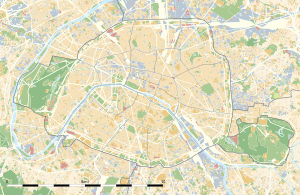
The Bastille was a fortress in Paris, known formally as the Bastille Saint-Antoine. It played an important role in the internal conflicts of France and for most of its history was used as a state prison by the kings of France. It was stormed by a crowd on 14 July 1789, in the French Revolution, becoming an important symbol for the French Republican movement. It was later demolished and replaced by the Place de la Bastille.

Guillaume-Chrétien de Lamoignon de Malesherbes, often referred to as Malesherbes or Lamoignon-Malesherbes, was a French statesman and minister in the ancien régime, and later counsel for the defense of Louis XVI. He is known for his vigorous criticism of royal abuses as President of the Cour des Aides and his role, as director of censorship, in helping with the publication of the Encyclopédie. Despite his committed monarchism, his writings contributed to the development of liberalism during the French Age of Enlightenment.

Jean Désiré Gustave Courbet was a French painter who led the Realism movement in 19th-century French painting. Committed to painting only what he could see, he rejected academic convention and the Romanticism of the previous generation of visual artists. His independence set an example that was important to later artists, such as the Impressionists and the Cubists. Courbet occupies an important place in 19th-century French painting as an innovator and as an artist willing to make bold social statements through his work.
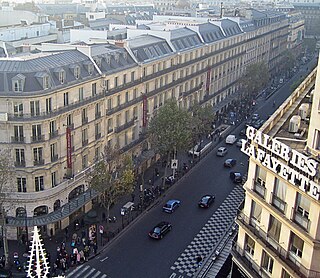
The 9th arrondissement of Paris is one of the 20 arrondissements of the capital city of France.

Armand Carrel was a French journalist and political writer.

Jean-Jacques Duval d'Eprémesnil, French magistrate and politician, was born in India at Pondicherry, his father being a colleague of Joseph François Dupleix.

The Funiculaire du Havre is a funicular railway line in the French port city of Le Havre.

The Musée Fabre is a museum in the southern French city of Montpellier, capital of the Hérault département.

The Church of Saint-Merri is a parish church in Paris, located along the busy street Rue Saint Martin, on the Rive Droite. It is dedicated to the 8th century abbot of Autun Abbey, Saint Mederic, who came to Paris on pilgrimage and later died there in the year 700. In 884 Mederic, in French also spelled Merry, was acclaimed patron saint of the Right Bank.

The Place Saint-Michel is a public square in the Latin Quarter, on the borderline between the fifth and sixth arrondissements of Paris, France. It lies on the left bank of the river Seine facing the Île de la Cité, to which it is linked by the Pont Saint-Michel.

Saint-Lazare Prison was a prison in the 10th arrondissement of Paris, France.

The Rue du Faubourg-Saint-Denis is a street in the 10th arrondissement of Paris. It crosses the arrondissement from north to south, linking the Porte Saint-Denis to the Métro station of La Chapelle and passing the Gare du Nord.

The Madelonnettes Convent was a Paris convent in the 3rd arrondissement of Paris. It was located in what is now a rectangle between 6 rue des Fontaines du Temple, rue Volta and rue du Vertbois, and part of its site is now occupied by the lycée Turgot. As the Madelonnettes Prison during the French Revolution, its prisoners included the writers the Marquis de Sade and Nicolas Chamfort, the politician Jean-Baptiste de Machault d'Arnouville and the actor Dazincourt.
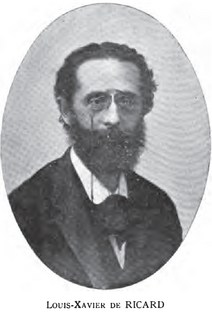
Louis-Xavier de Ricard was a French poet, author and journalist of the 19th century. He was founder and editor of La Revue du progrès which was the first to publish a poem by Paul Verlaine in August 1863. He and Catulle Mendès edited the first volume of Le Parnasse contemporain, published by Alphonse Lemerre in 1866. He was a member of the Commune de Paris (1871) and Félibrige, a group founded by Frédéric Mistral to promote and defend Provençal literature and the Provençal language.

Maurice Duplay was a French carpentry contractor and revolutionary in the French Revolution. He was landlord to Robespierre.
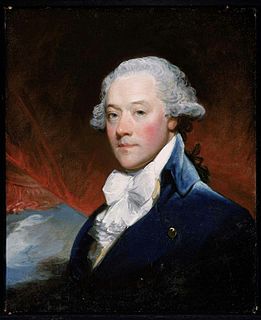
James Swan was a colorful personality based in Boston in the 18th and 19th centuries. He was a member of the Sons of Liberty and participated in the Boston Tea Party. Swan was twice wounded at the Battle of Bunker Hill, he next became secretary of the Massachusetts Board of War and the legislature. During the time he held that office, he drew heavily on his private funds to aid the Continental Army, which was then in dire need of funds to arm and equip the soldiers who were arriving in Boston from all parts of New England. After the American Revolution Swan privately assumed the entire United States French debts at a slightly higher interest rate. Swan then resold these debts at a profit on domestic U.S. markets. The United States no longer owed money to foreign governments, although it continued to owe money to private investors both in the United States and in Europe. This allowed the young United States to place itself on a sound financial footing. On principles of loyalty, he spent 22 years—more than a quarter of his life—in the Paris Sainte-Pélagie Prison.
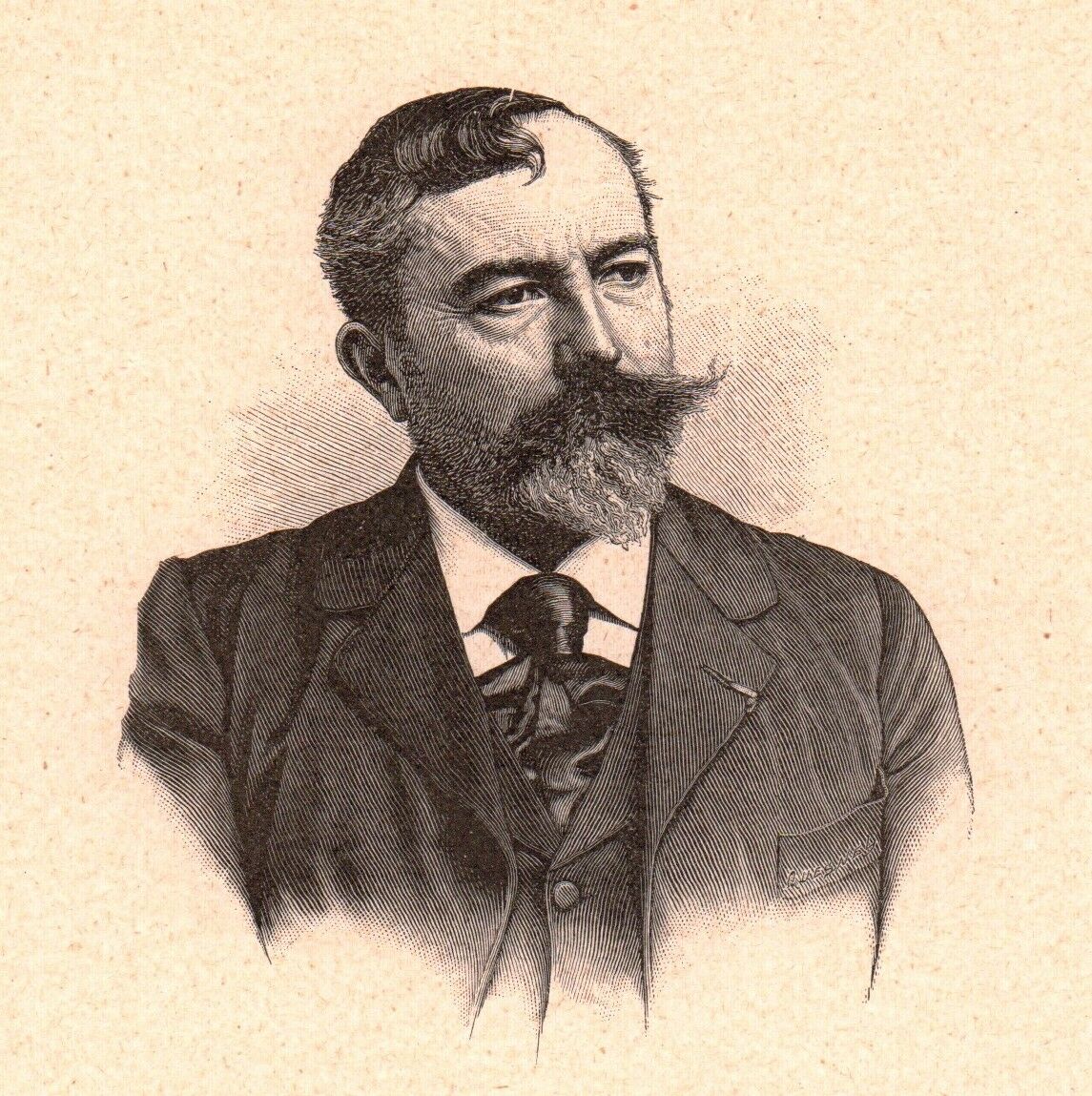
Édouard Debat-Ponsan was a French academic painter noted for his allegorical works, scenes of peasant life and Orientalist works.
Albert Laponneraye was a French republican socialist and a journalist, popular historian, educator and editor of Robespierre's writings. He was a representative of the Neo-Babouvist tendency in the 1840s, along with Richard Lahautière, Jean-Jacques Pillot and others. He combined Jacobin republicanism with egalitarian communism and anti-clericalism. He was influenced by the doctrines of Philippe Buonarroti and Étienne Cabet. In the 1830s and 40s Laponneraye was one of the best known advocates of republican communism. He is viewed as a forerunner of Karl Marx.
The Halles de Schaerbeek is a cultural centre located 22 rue Royale Sainte-Marie in Schaerbeek, Brussels, in the former Sainte-Marie covered market built in 1865and destroyed by a fire in 1898.
Saint-Fal, real name Étienne Meynier was a French stage actor born in Paris on 10 June 1752 and died in the same city on 22 November 1835.

